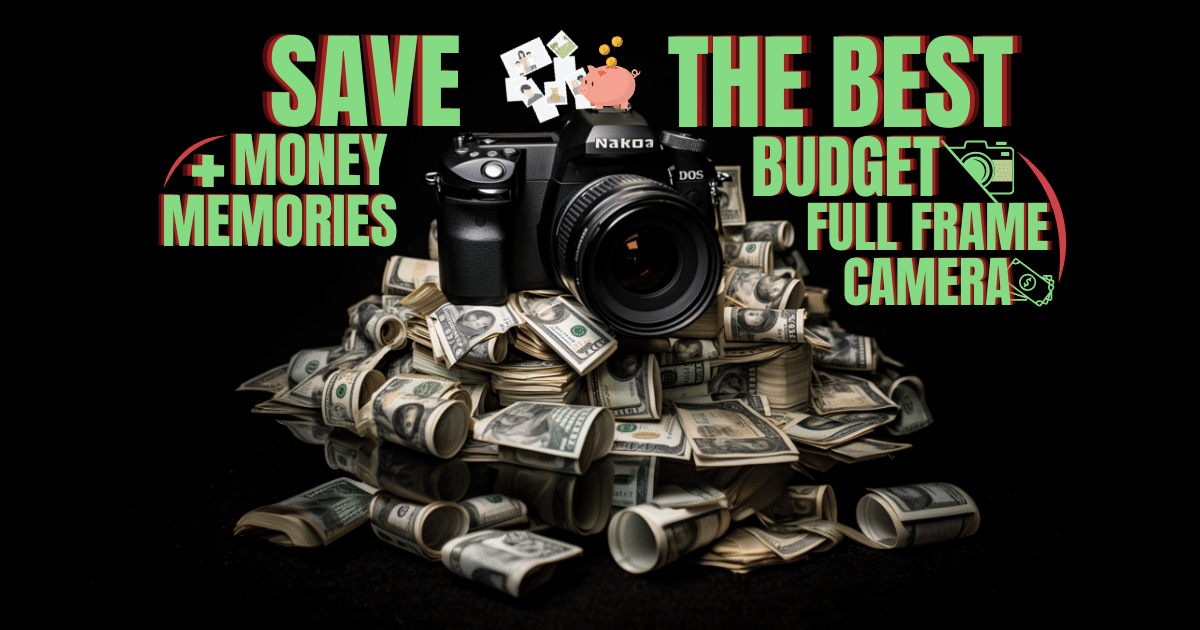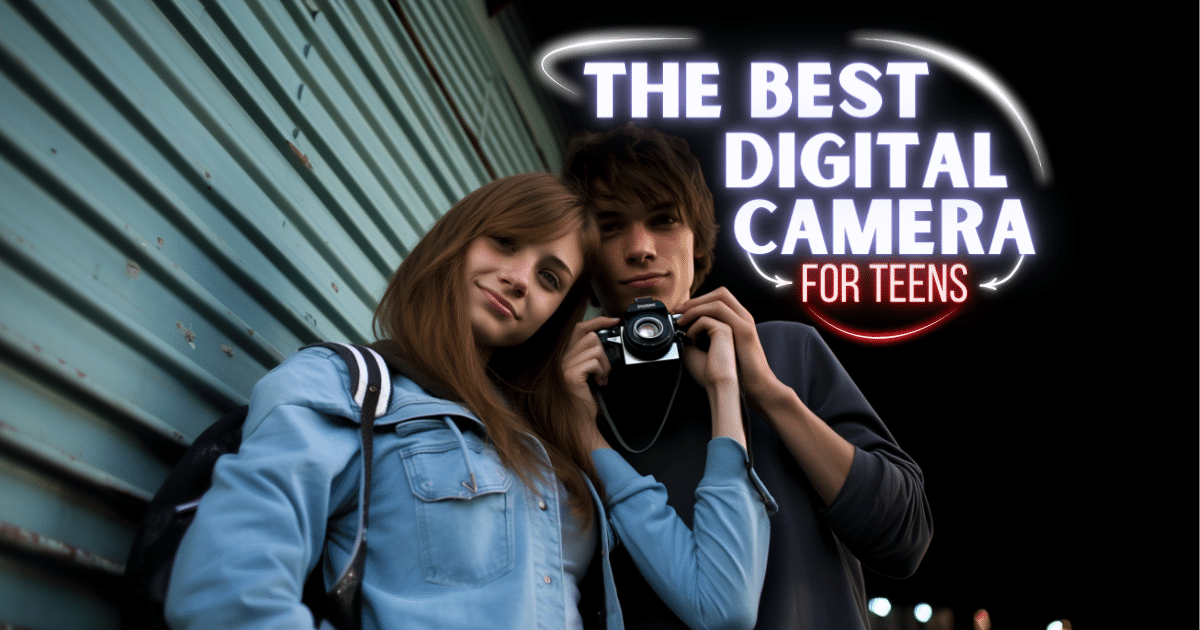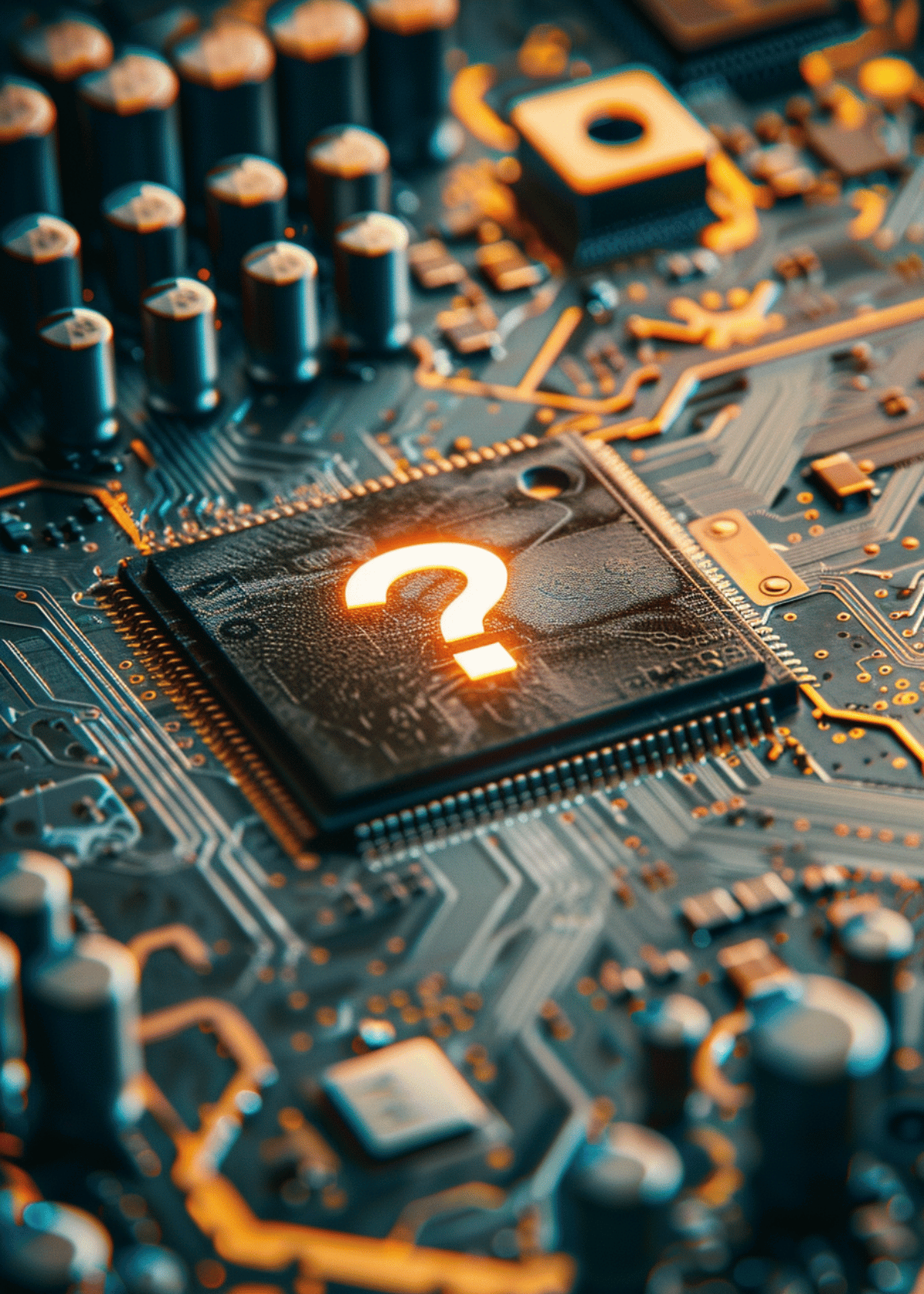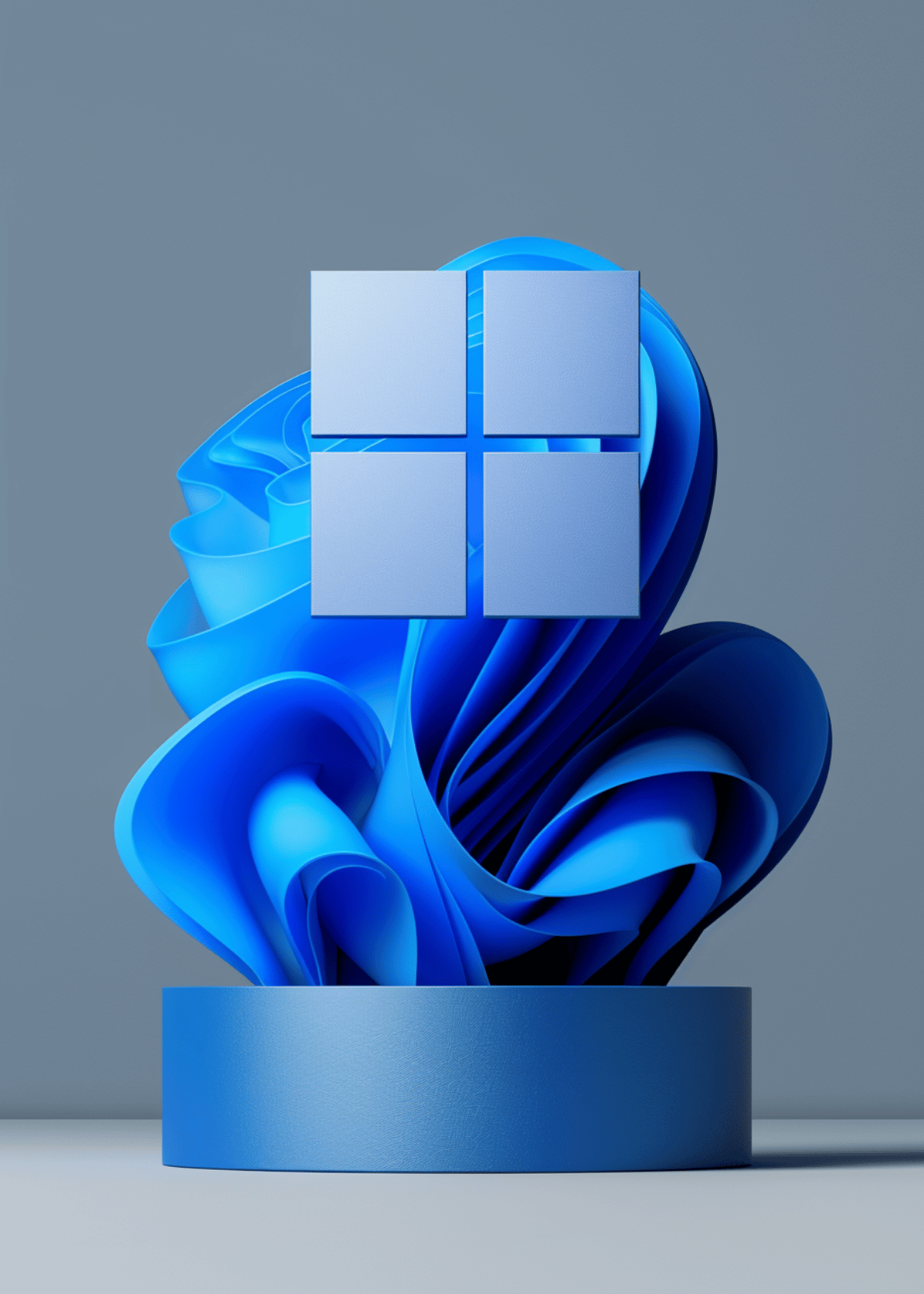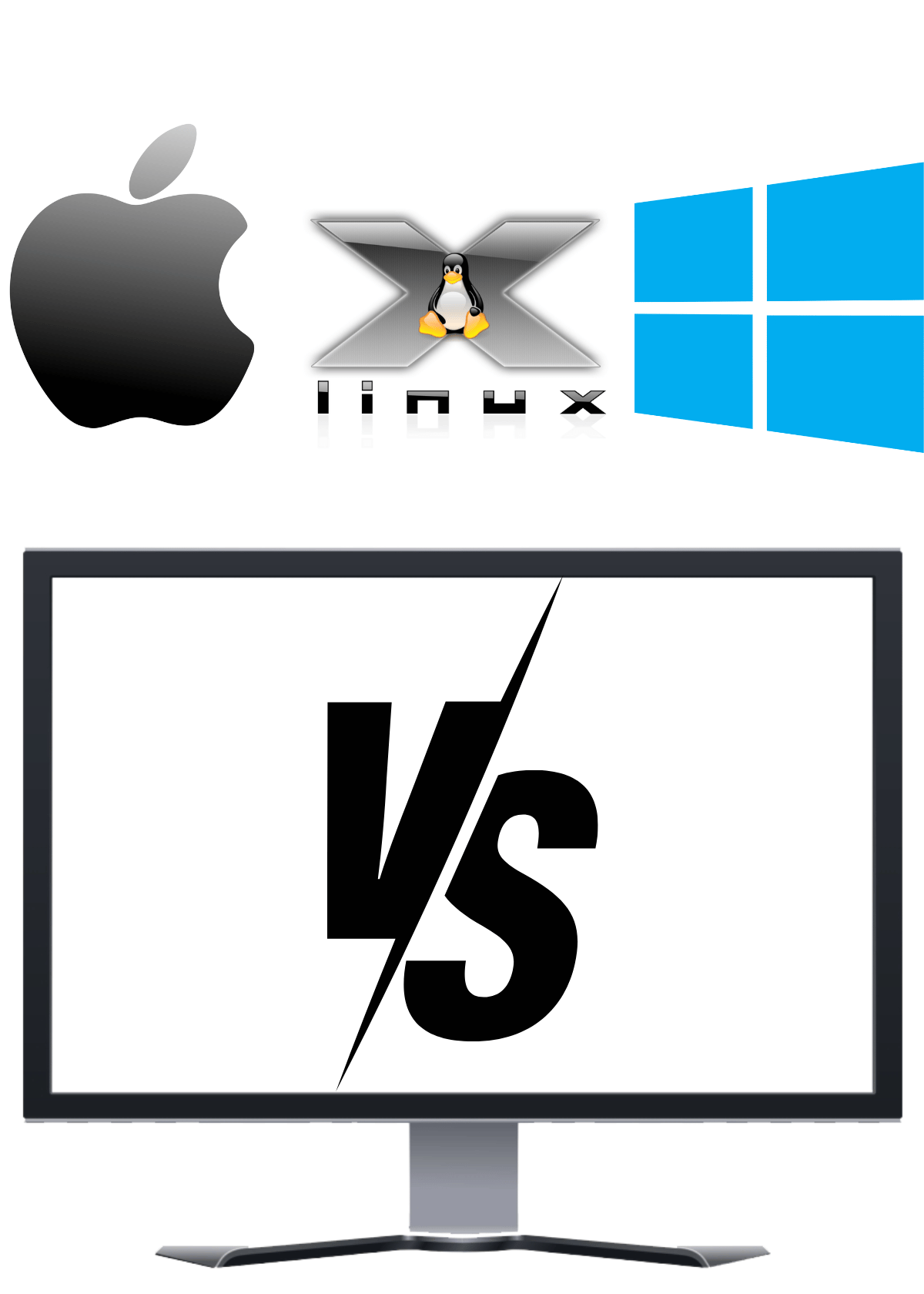Become Photogenic & Capture Your Full Beauty With The Best Camera for Portraits 📸

When it comes to capturing captivating portraits, having the right camera can make all the difference. Portraits are not just ordinary photographs; they aim to convey a person's essence, emotions, and unique qualities. To achieve stunning results, it is crucial to choose a camera that excels in capturing the intricacies of human expression and delivers outstanding image quality.
In this article, we will explore the best cameras for portraits, examining their features, capabilities, and overall performance. Whether you're a professional photographer looking to upgrade your gear or an enthusiast seeking to take your portrait photography to the next level, finding the perfect camera is essential.
How The Choice of Camera Can Impact The Quality of Portraits 🤔
The choice of camera can have a profound impact on the quality of your portraits in these key several ways:
➪ Sensor Size
Different cameras have varying sensor sizes, such as full-frame, APS-C, and Micro Four Thirds.
The sensor size affects how much light the camera can capture and subsequently influences depth of field, low-light performance, and image quality.
Full-frame sensors, for example, are known for their superior performance in low light and their ability to produce a shallower depth of field.
➪ Resolution
Resolution matters when capturing fine details in portraits.
A camera with higher resolution provides the ability to crop and enlarge images without losing quality.
- This is especially useful for headshots and close-ups where you want to highlight facial features and expressions.
➪ Low-Light Performance
The camera's ability to handle low-light situations, often measured by its ISO capabilities, is crucial for portrait photographers.
A camera with good low-light performance reduces noise in your images, allowing you to shoot in dimly lit environments without sacrificing image quality.
➪ Lens Compatibility
The camera you choose should be compatible with a range of lenses, as lenses play a vital role in achieving specific looks and styles.
Portrait photographers often use prime lenses with wide apertures for that beautiful background blur and subject isolation.
➪ Autofocus System
An effective autofocus system is essential for capturing sharp portraits, especially when working with moving subjects.
Advanced autofocus technologies like Dual Pixel AF and Eye-AF can make a significant difference in achieving precise focus on your subject's eyes and facial features.
➪ Price Range
Your budget is a critical factor in camera selection.
The camera market offers options across a wide price range, so it's important to strike a balance between your budget and the features you need.
Consider the long-term investment, as a camera is a tool that can serve you for years to come.
The Top Cameras for Portraits That You Need To See! 👀
When it comes to portrait photography, selecting the right camera is crucial for achieving exceptional results. Different types of cameras offer unique advantages and features that cater to the specific needs of portrait photographers. Here, we'll explore three categories of cameras commonly used in portrait photography:
DSLR Cameras 📷
1. Canon EOS 5D Mark IV:
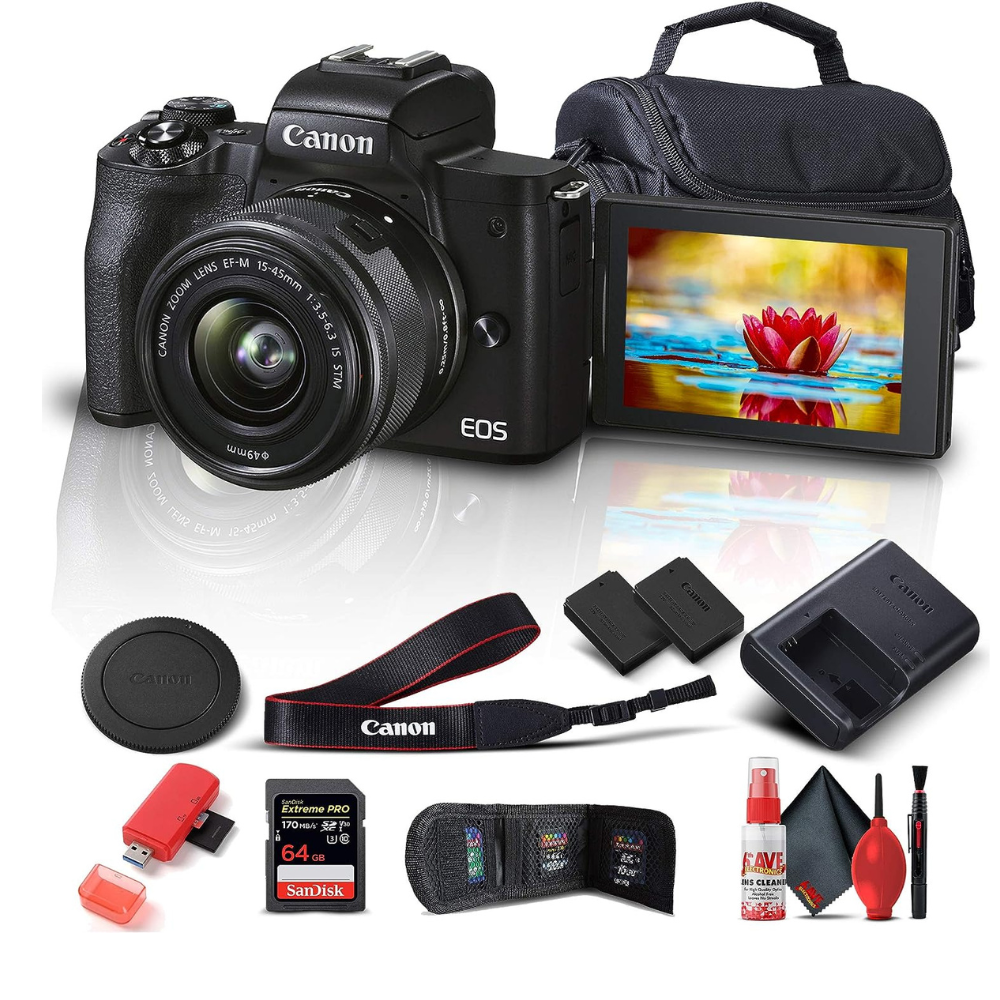
The Canon 5D Mark IV is a favorite among portrait photographers. It features a full-frame sensor with 30.4 megapixels, excellent low-light performance, and a wide range of compatible lenses. Its Dual Pixel AF system ensures fast and accurate focusing, especially when shooting portraits.
2. Nikon D850:
The Nikon D850 boasts a full-frame 45.7-megapixel sensor, offering superb image quality and sharpness. It excels in low-light conditions, has a robust autofocus system, and provides ample resolution for detailed portrait work.
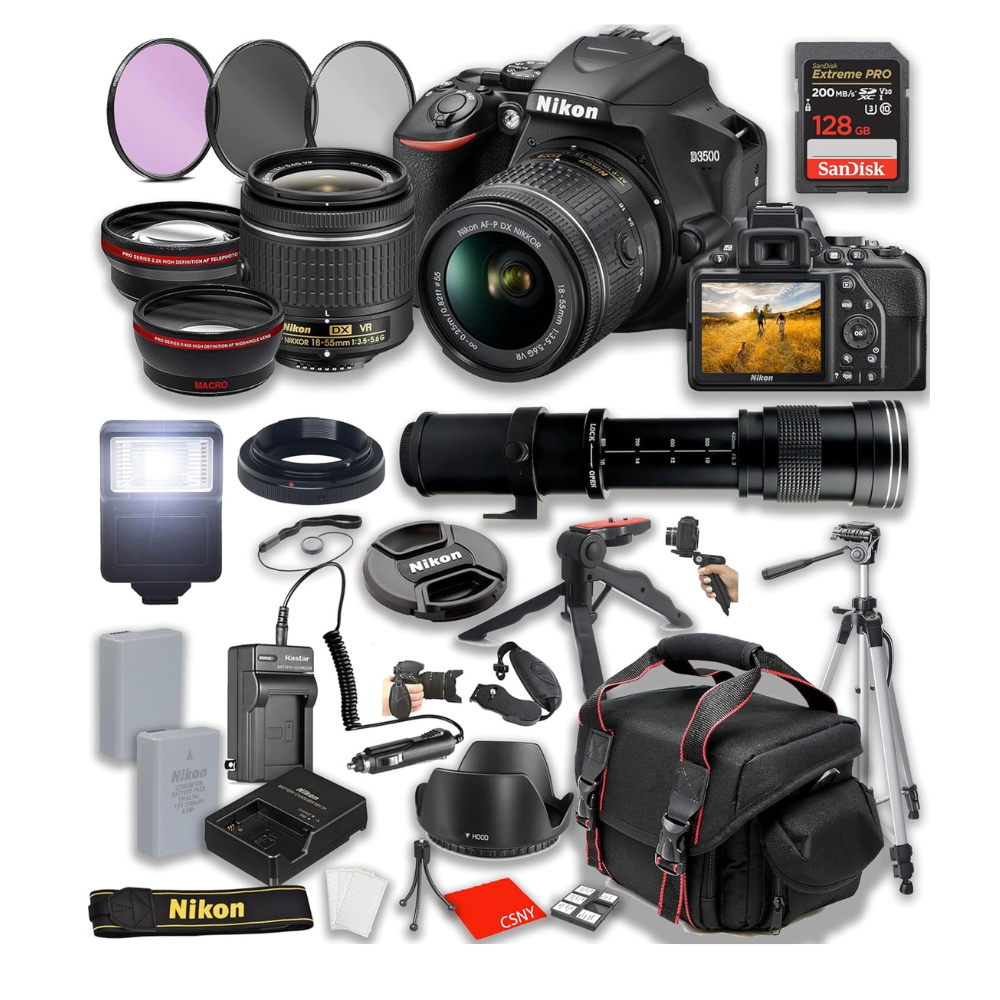
3. Sony Alpha a7 III:
Sony's Alpha a7 III is a mirrorless camera, but it competes with DSLRs in the portrait photography realm. With a full-frame sensor, 24.2 megapixels, and advanced Eye-AF technology, it's highly regarded for its excellent image quality and focus accuracy.
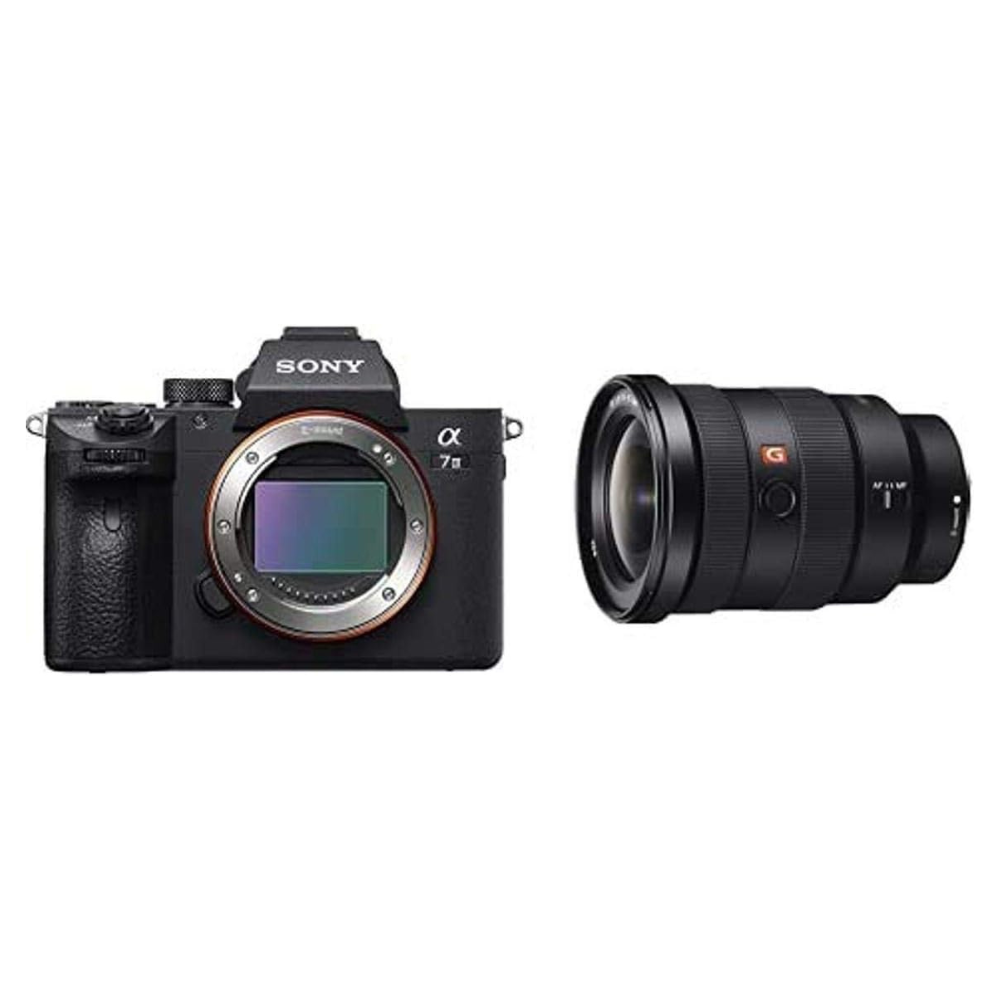
The Advantages and Disadvantages of DSLRs ✔✖
⇢ Advantages ✅
- Reliable optical viewfinders for framing shots.
- Wide range of lens options and accessories.
- Often feature exceptional battery life.
- Ergonomic designs and comfortable grips for extended shooting.
⇢ Disadvantages ❎
- Bulkier and heavier compared to mirrorless alternatives.
- Typically lack some of the latest technological advancements found in mirrorless cameras.
- Live view autofocus may not be as precise as in mirrorless counterparts.
Mirrorless Cameras 📷
1. Sony Alpha a7R IV:
The Sony a7R IV is a high-resolution mirrorless camera with a 61-megapixel full-frame sensor. Its advanced Eye-AF technology ensures pinpoint focus on the subject's eyes, making it a top choice for portrait photographers.
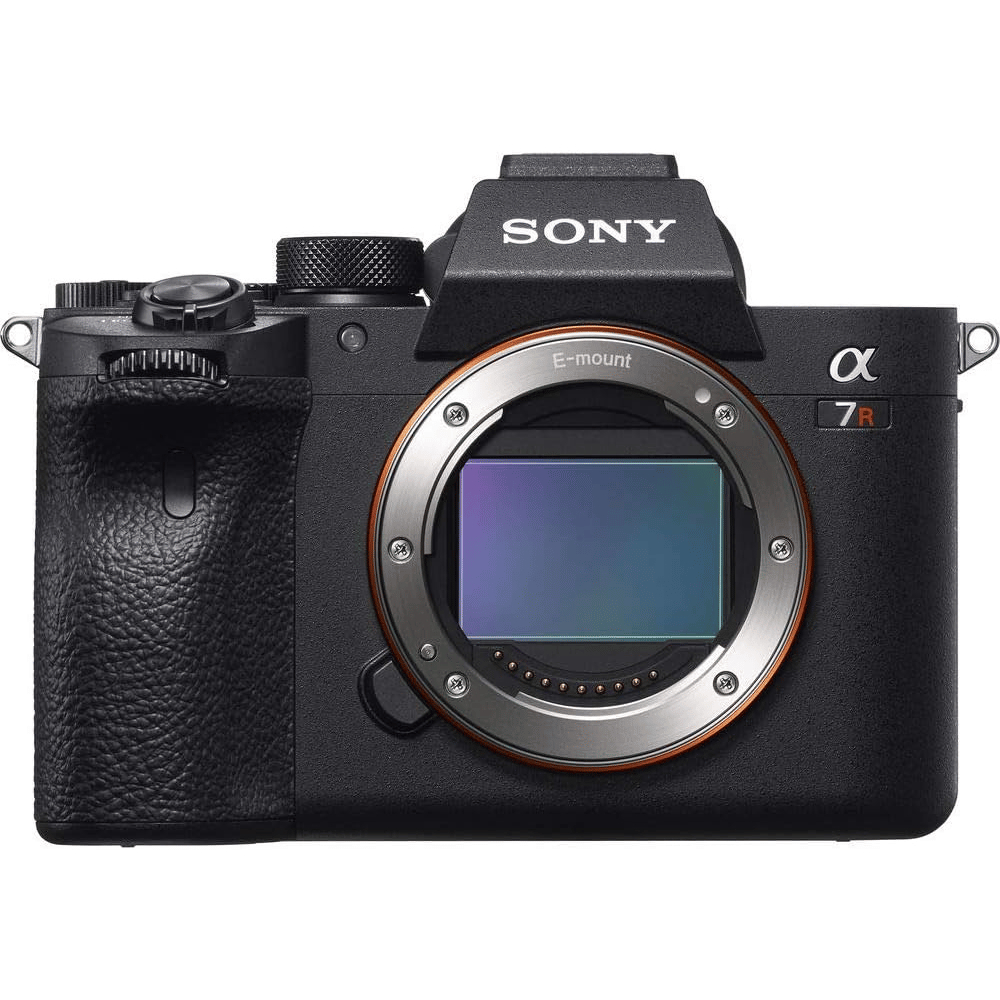
2. Fujifilm X-T4:
Fujifilm's X-T4 offers a compelling APS-C sensor mirrorless option for portraits. With a 26.1-megapixel sensor, in-body image stabilization, and a wide selection of high-quality lenses, it's a versatile and popular choice.
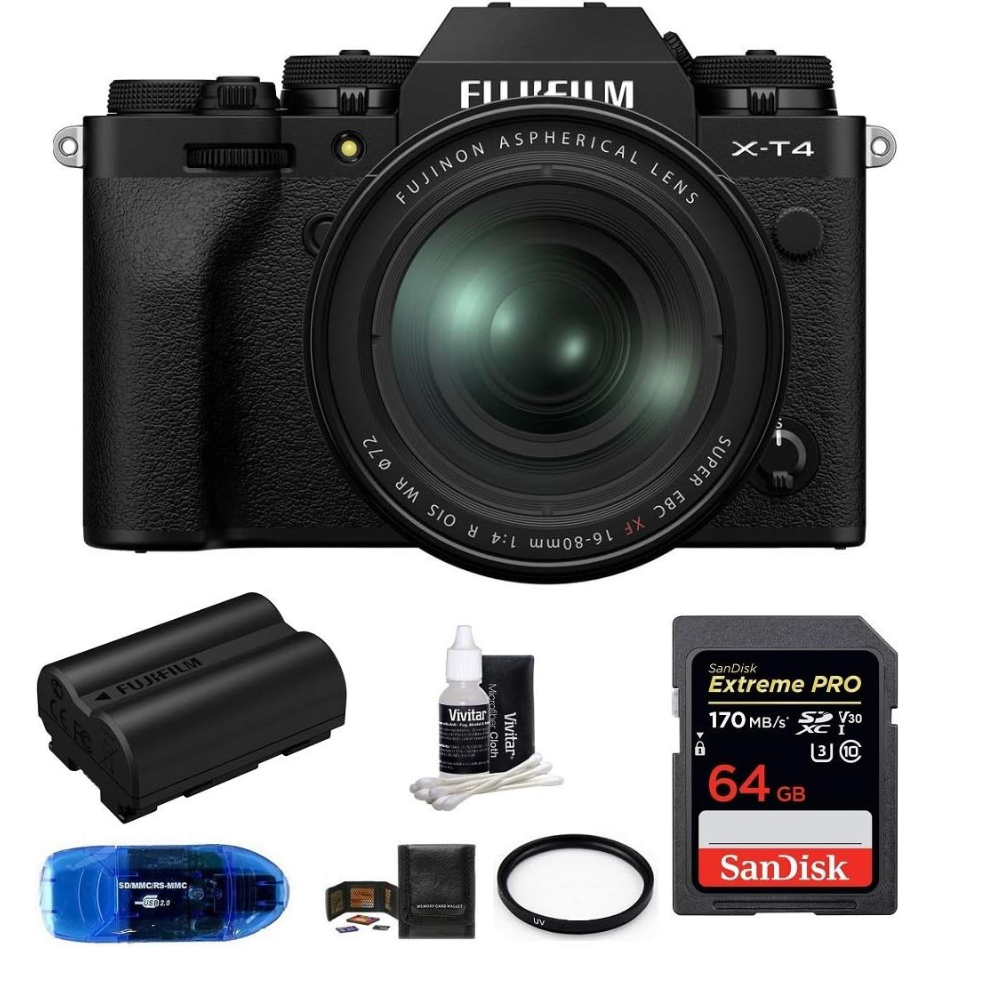
3. Canon EOS R5:
Canon's EOS R5 is a full-frame mirrorless camera known for its remarkable image quality, 45-megapixel sensor, and Dual Pixel AF II system. It excels in capturing both stills and 8K video, making it an attractive option for portrait photographers seeking versatility.
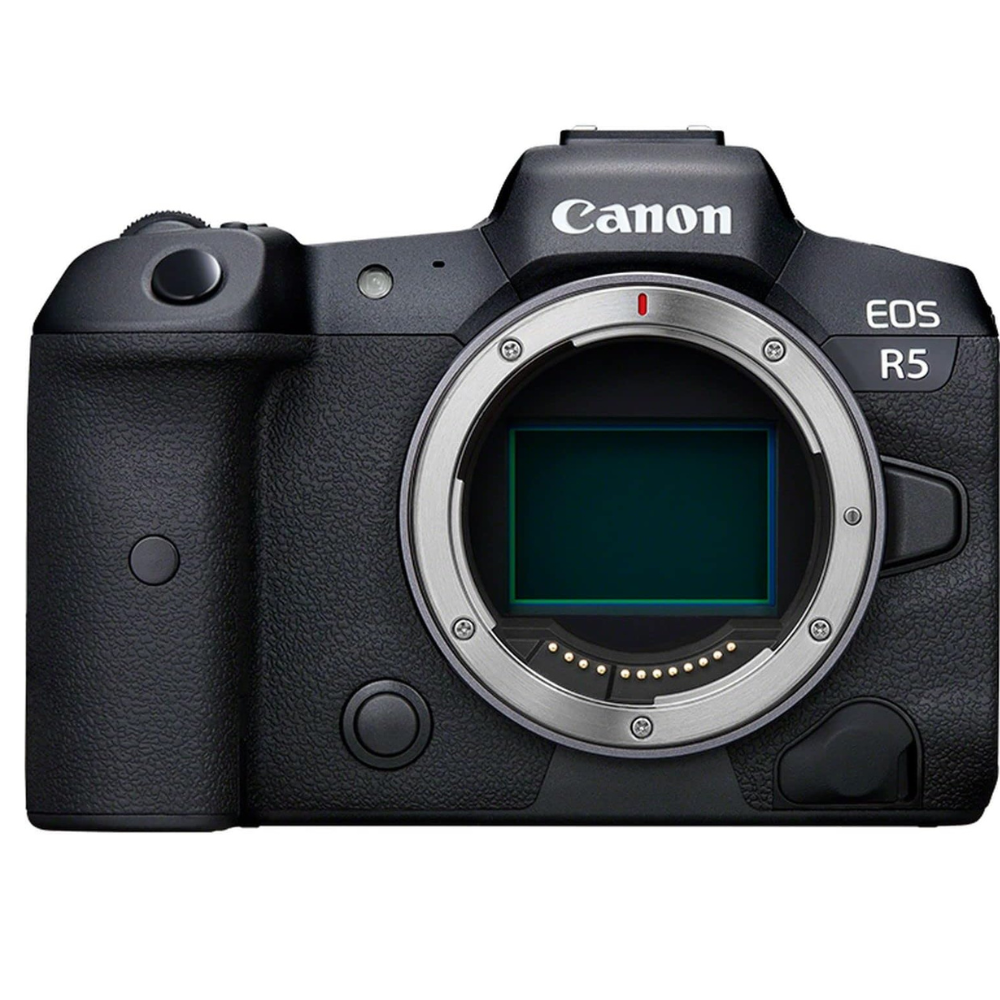
The Advantages and Disadvantages of Mirrorless Cameras ✔✖
⇢ Advantages ✅
- Compact and lightweight, ideal for on-the-go shooting.
- High-quality electronic viewfinders provide real-time exposure and focus previews.
- Advanced focusing technologies, including Eye-AF and fast live view autofocus.
- Excellent video capabilities.
⇢ Disadvantages ❎
- Smaller form factor may feel less substantial.
- Limited native lens selection compared to DSLR systems (though this is improving rapidly).
- Battery life can be shorter compared to DSLRs.
Medium Format Cameras 📷
Medium format cameras feature larger sensors than full-frame cameras, typically 44x33mm or larger. These cameras are favored by professional portrait photographers for these several reasons:
➠ Increased Resolution
Medium format sensors offer exceptionally high resolution, often exceeding 50 megapixels.
This allows for incredibly detailed and sharp portraits.
➠ Improved Dynamic Range
Medium format cameras often have superior dynamic range, capturing a broader range of tones.
This helps retain details in highlights and shadows.
➠ Bokeh and Depth of Field
Medium format lenses provide stunning bokeh and background blur, creating a dreamy and ethereal quality in portraits.
The Best Accessories for Portrait Photography 🛒
Accessories are essential tools that can elevate your portrait photography to the next level, enabling you to capture stunning images and express your creativity. In this section, we'll explore some of the key accessories for portrait photography:
1. Lenses
Lenses are arguably the most important accessory out of all for photography, without them cameras would be useless! Here are the 2 most popular types:
➧ Prime Lenses
Prime lenses have a fixed focal length (e.g., 50mm, 85mm) and often feature wide apertures (e.g., f/1.8, f/1.4).
They excel in portrait photography due to their ability to create a shallow depth of field and produce beautiful background blur (bokeh).
Prime lenses are renowned for their sharpness and are favored for capturing the fine details and expressions of your subjects.
➧ Zoom Lenses
Zoom lenses offer versatility by covering a range of focal lengths (e.g., 24-70mm, 70-200mm).
While they may not have the same wide apertures as prime lenses, modern zoom lenses can still produce pleasing background blur.
Zoom lenses are ideal for portrait photographers who want flexibility in framing their shots, particularly when working in changing environments.
Lens recommendations for different portrait styles:
↪ Standard Portraits
For classic head-and-shoulders or full-body portraits, consider prime lenses like the 85mm f/1.8 or 50mm f/1.4.
These lenses create a flattering perspective and beautiful background separation.
↪ Environmental Portraits
When you want to incorporate more of the subject's surroundings, a versatile zoom lens like a 24-70mm f/2.8 can be an excellent choice.
↪ Portrait Photography in Low Light
In low-light conditions, prime lenses with wide apertures (e.g., f/1.4) are invaluable.
They allow you to maintain a fast shutter speed while capturing well-exposed portraits.
2. Lighting Equipment
Lighting is the cornerstone of portrait photography. It determines the mood, quality, and overall impact of your portraits. Properly controlled lighting can emphasize your subject's features, reduce shadows, and create a flattering appearance. Without effective lighting, your portraits may lack depth and fail to capture the essence of your subject.
Types of lighting equipment (strobes, continuous lights, reflectors):
➧ Strobes/Flash Units
Strobes are versatile artificial light sources that produce a burst of light when triggered.
They provide consistent and controllable lighting for studio and outdoor portrait setups.
Softboxes, umbrellas, and diffusers can be used with strobes to soften and diffuse the light, creating flattering portrait lighting.
➧ Continuous Lights
Continuous lights, such as LED panels or tungsten lights, provide constant illumination.
They are useful for beginners and situations where you need to see the lighting effect in real-time.
Continuous lights can be a great choice for video and constant lighting setups.
➧ Reflectors
Reflectors are simple yet effective tools for bouncing and directing natural light onto your subject.
They come in various sizes and colors (e.g., silver, gold, white) to achieve different lighting effects.
Reflectors are portable and budget-friendly accessories for enhancing natural light portraits.
3. Tripods and Stabilization
Tripods and stabilization are essential for achieving sharp and well-composed portraits, particularly in the following scenarios:
➧ Low Light
In low-light conditions, using a tripod prevents camera shake, allowing you to use slower shutter speeds while maintaining image sharpness.
➧ Studio Work
In studio environments, tripods ensure that your camera remains steady, allowing you to focus on posing your subject and fine-tuning lighting setups.
Tripod recommendations for portrait photography:
↪ Sturdy Tripods
Look for tripods made of durable materials like aluminum or carbon fiber.
Sturdy tripods provide stability and can support the weight of your camera and lenses.
↪ Quick-Release Plate
A quick-release plate allows you to attach and detach your camera quickly, making it convenient for portrait photographers who frequently switch between handheld and tripod-mounted shooting.
↪ Adjustable Height
Choose a tripod with adjustable height to accommodate different shooting angles and heights, especially when photographing groups or varying subject sizes.
4. Editing Software
Post-processing is an integral part of portrait photography, allowing you to fine-tune and enhance your images. Popular post-processing software for portrait photographers includes:
➧ Adobe Lightroom
Lightroom is a versatile software for organizing, editing, and enhancing your portrait photos.
It offers powerful tools for color correction, exposure adjustments, and retouching.
➧ Adobe Photoshop
Photoshop is essential for more advanced retouching, such as skin smoothing, blemish removal, and creative effects.
It provides precise control over image editing.
➧ Capture One
Capture One is known for its excellent color grading capabilities and tethered shooting support, making it a favorite among professional portrait photographers.
Useful Tips for Portrait Retouching 📌
➾ Subtle Enhancements
When retouching portraits, aim for natural and subtle adjustments.
Overly aggressive retouching can result in an unnatural appearance.
➾ Skin Retouching
Focus on skin retouching techniques, such as softening blemishes, reducing wrinkles, and maintaining skin texture for a lifelike look.
➾ Color Correction
Pay attention to color correction and white balance adjustments to ensure accurate and pleasing skin tones.
➾ Selective Editing
Use masks or selection tools to target specific areas for adjustments, such as brightening the eyes, enhancing lips, or improving hair detail.
➾ Backup Originals
Always work on a copy of your original image to preserve the original data and revert to it if needed.
Conclusion - Capture Your Full Beauty 🌷
In the world of portrait photography, the camera is your tool, and the accessories are your brushes. The choice you make should empower you to create images that resonate with your subjects and viewers. Remember that it's not just about the camera; it's about your vision, creativity, and the connection you establish with your subjects. With the right equipment and dedication to your craft, you'll embark on a fulfilling journey to capture the beauty of the human spirit through the lens of your camera.
More Cameras ⬇📷⬇

